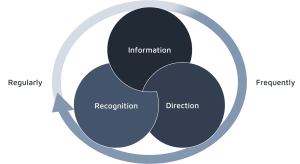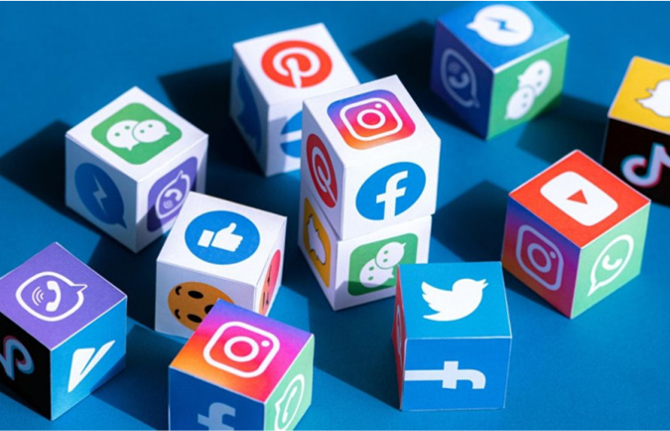4
Once a non-profit has developed a strategic response to Covid-19, it needs to build awareness among the client base, the population in general, and the workforce. There are at least three goals for change communications, which have to do primarily with emerging needs and modified programs, services, and delivery methods:
- Presence—Reminding current and potential clients (people who find themselves in crisis) of services, notifying them of program and other changes, and advising where and how to obtain assistance.
- Confidence—Making clients and staff feel safe in the environment, and assuring the public and prospective donors of the non-profit’s ability to meet the demand (with their support).
- Connections—Informing the entire community of the nature and urgency of changing needs and responses during Covid-19, and building a network of potential support for the non-profit’s mission.

Like regular communications, non-profits need to be able to address “who,” “why”, “what,” “when,” “how,” and “where,” questions. They also need to be prepared to be both proactive and reactive in their approaches—pushing key information out to the different audiences, and having easy ways to reach them and quick responses to inquiries.
In the process of message planning, non-profits should be able to identify target audiences and articulate why they want to reach them. Specifically, this includes who they are trying to reach and what they want to accomplish, at a macro level. This informs individual messages, designed to either build up to an overall goal or achieve it outright.
The key audiences for change communications are: (1) The client population (both existing and potentially new given Covid-19’s impacts), (2) Current and potential donors, (3) The active workforce, and (4) “Dormant” resources, including furloughed employees and volunteers who cannot be utilized during the pandemic.
Figure 5 (below) illustrates the types of information non-profits should be distributing to different stakeholders.
Figure 5—“What” and “When” of Change Communications

Non-profits need to tell their audiences what is happening (e.g., higher demand, program changes) and exactly what they want people to do (e.g., complete on-line eligibility applications, come to a certain place, donate money), and acknowledge the outcomes (e.g., reporting impacts, thanking donors), continuously staying in the “public eye.”
There are many different ways to communicate change, which should be considered in the context of the audiences and the organization’s capacity and resources. Figure 6 (below) shows some of the potential methods—the “how” of communicating. This list in not exhaustive, but should help guide non-profits in considering options.
Figure 6—Example Methods of Change Communications
| Method | Upsides | Downsides |
| One-on-one |
|
|
| Newsletters |
|
|
| Blog Posts |
|
|
| “Flash” Updates |
|
|
| Videos |
|
|
| Public Forums |
|
|
| Advertisements |
|
|
As can be seen in Figure 6, message distribution (“where”) is also key. For example, telephone would be appropriate for one-on-one contacts (e.g., individual donors). Mail, e-mail, and/or text are possible options for newsletters. Social media, non-profits’ web sites, virtual meeting spaces, and local press are other potential alternatives.

Change communications need to be both purposeful and coordinated. Regular and frequent outreach is critical, but all communications should have a clear goal to avoid audiences “tuning out.” As such, they should be planned in advance as a comprehensive set that collectively achieves the desired outcomes for each intended audience.
In change communications, there are likely to be multiple “messengers” targeting different audiences with specific messages. These efforts need to be orchestrated to assure consistency and avoid duplication. A communications plan will also facilitate timeliness, and can even help reduce costs by coordinating across platforms.
A sound plan defines elements of each communication, such as audience, outcome, message, messenger, timing, format(s), and channel(s). These are then used to develop content, define calls to action, make distribution choices, etc., so the right people get the necessary information when needed, and act according ot the non-profit’s needs.
Effectively communicating is essential once strategic changes are made in response to Covid-19 (see Section 3). Current and prospective clients, existing and potential donors, and the workforce all need to know what is happening, the actions they have to take, and the results of those actions for Covid-19 responses to succeed.
Go to Session 2 presentation and recordings for a more detailed discussion
